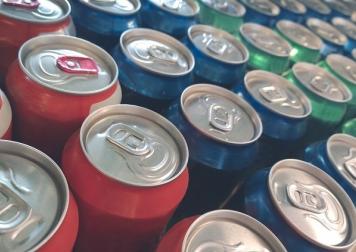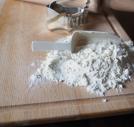How Diabetes Impacts the Liver and Kidneys
Diabetes can cause a great deal of damage to many parts of the body. The eyes, the nerve endings, and the blood vessels are all among the body systems at risk when diabetes is present and not well controlled. So are the liver and the kidneys.
Liver Damage
Liver disease is the 4th leading cause of death for those with type 2 diabetes. Cirrhosis, which is scarring of the liver, often results from the many diseases that are caused by diabetes. Cirrhosis can cause the liver to fail.
The liver is a part of the process that manages blood glucose levels. When carbohydrates are consumed they are stored within the liver as glycogen. Later, when the body calls for energy, the liver converts this glycogen to glucose. If there isn’t enough glycogen stored, then the liver has the capacity to turn fats, waste products, and amino acids into glucose.
The liver is also full of millions of blood vessels, which transport waste products into the liver and nutrients out. These vessels are subject to the same sort of damage from diabetes that happens in other parts of the body: damaged epithelial cells which cause inflammation, hardening of blood vessels and blockage of blood vessels.
Among the liver diseases that result from diabetes are Non-Alcoholic Fatty Liver Disease (NAFLD), Non-Alcoholic Steatohepatitis (NASH), abnormal liver enzymes, liver cancer, cirrhosis, and acute liver failure.
Proper management of diabetes can forestall the development of many of these complications.
Kidney Damage
Diabetes ranks as the most common cause of kidney failure, accounting for some 44% of newly diagnosed cases. The danger for the person with diabetes is that kidney disease, and kidney failure can develop even in the person whose diabetes is well-controlled. Because of this, the American Diabetes Association and the National Institutes of Health recommend that all diabetes patients should be screened annually for kidney disease.
Blood vessel damage from diabetes can cause the millions of tiny vessels in the kidney to work less efficiently. These vessels serve as filters, removing waste products from the blood. Eventually, vessels may begin to leak small amounts of albumin (a blood protein) into the urine. This is the first stage of chronic kidney disease (CKD) and is called microalbuminuria. Even as this is happening, kidney filtration of waste remains normal.
As the disease progresses, this leakage gets worse. In the second stage of CKD, greater amounts of protein are leaked into the urine (macroalbuminuria or proteinuria) and filtering begins to decline. Waste products are not efficiently removed from the body, and blood pressure begins to rise.
The stress to the kidney blood supply ultimately can lead to the kidneys losing their ability to filter the blood and ultimately, kidney failure. This is known as end-stage renal disease (ESRD.) Treatment of kidney failure includes dialysis, to remove waste products from the blood, and transplant.
The course of CKD is a long one. Kidney damage is rare in the first ten years, and patients who do not develop kidney failure after 25 years are unlikely ever to develop it.
Management of blood sugar, as well as management of blood pressure, will go a long way in preventing kidney disease.
Sources: National Kidney and Urologic Diseases Information Clearinghouse, American Diabetes Association
Photo: Pixabay



































